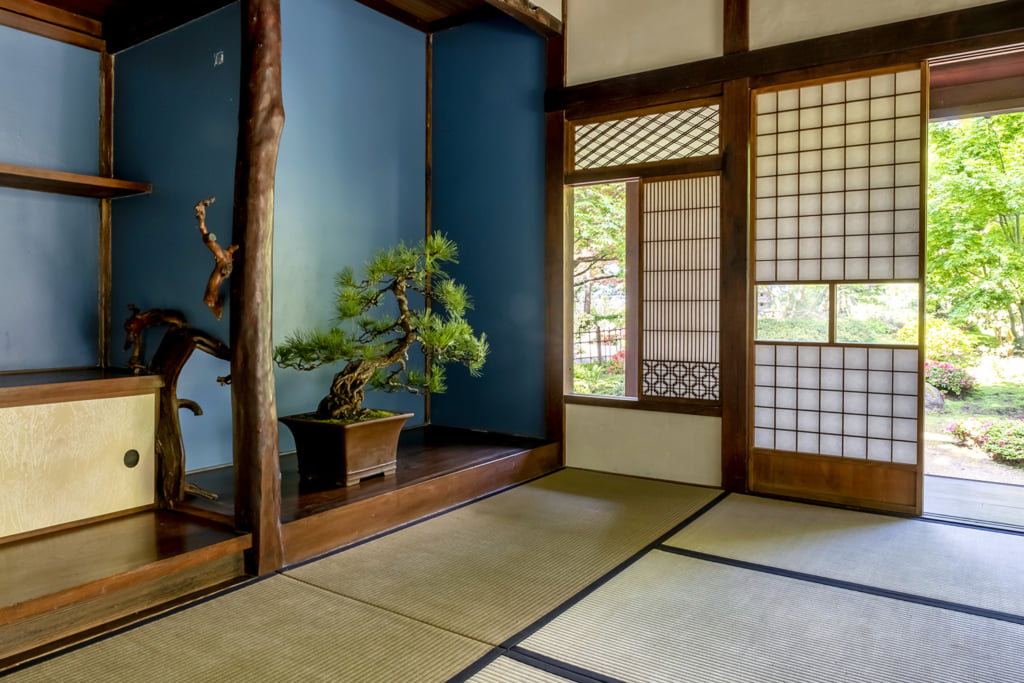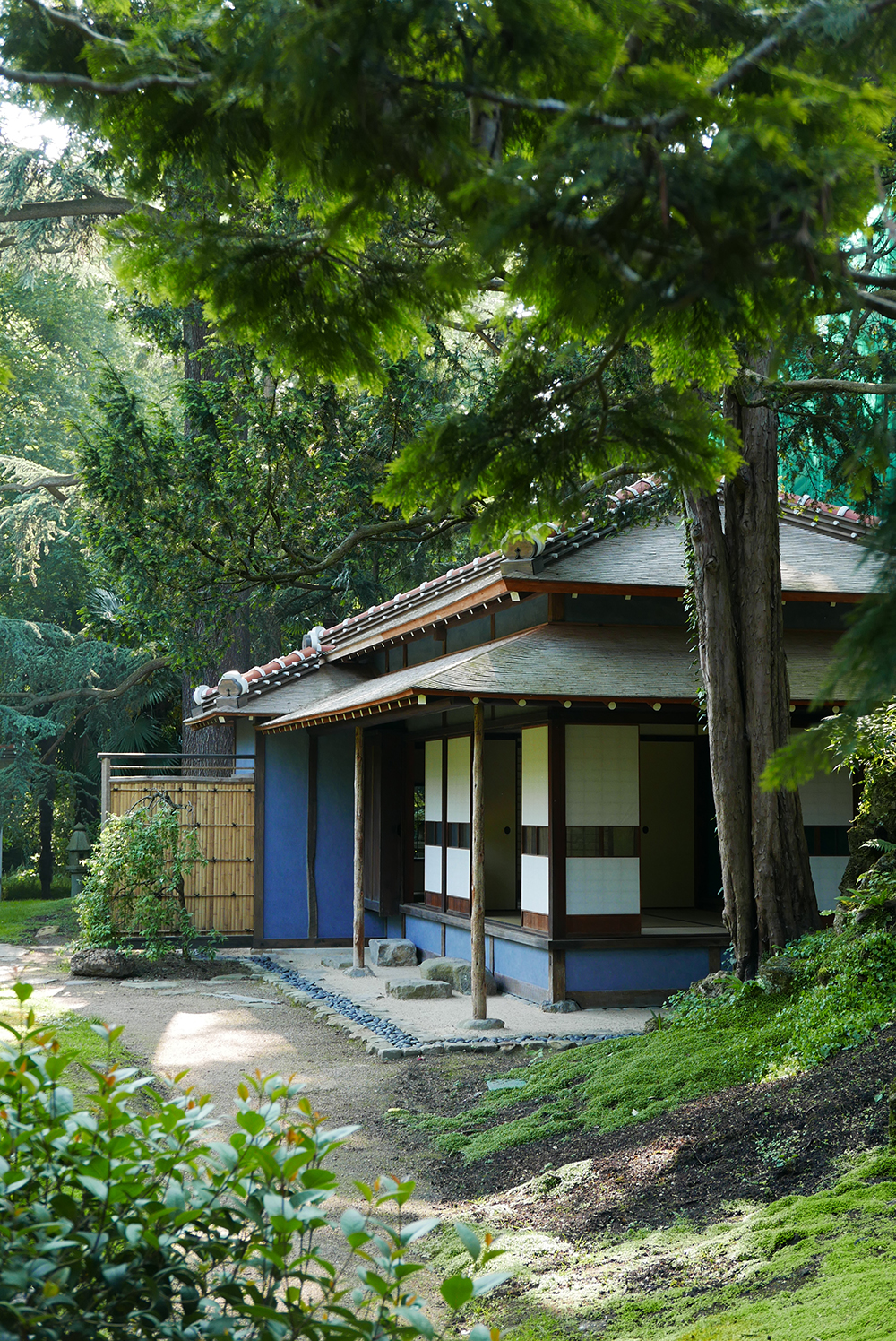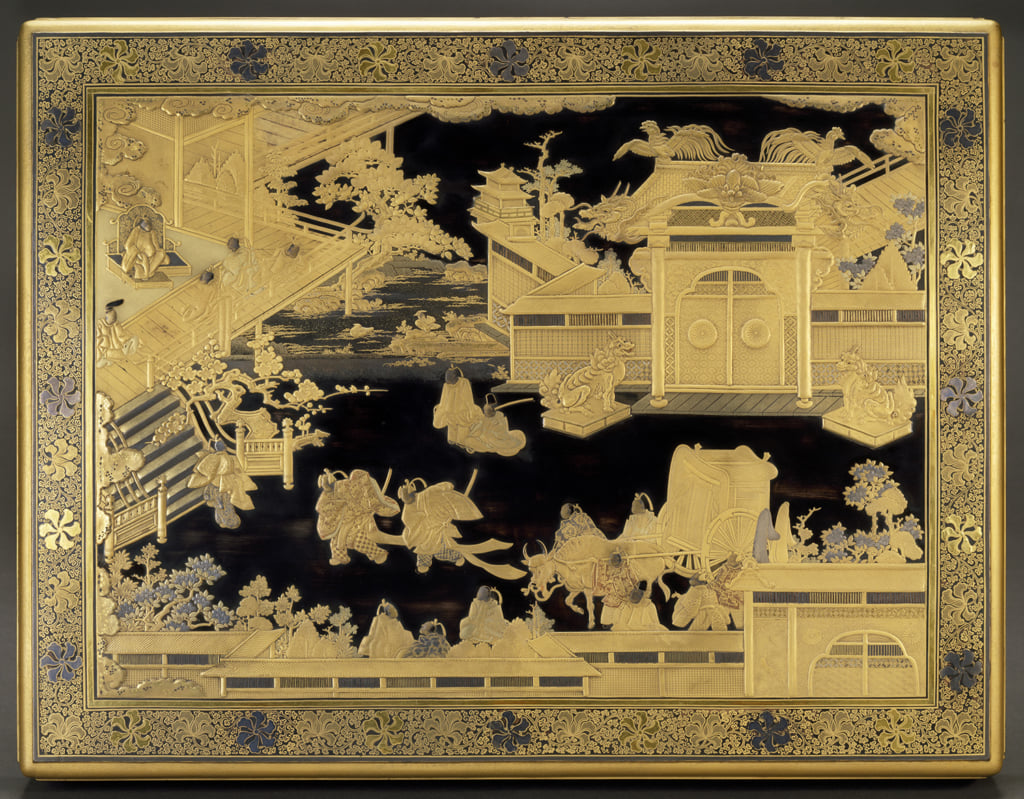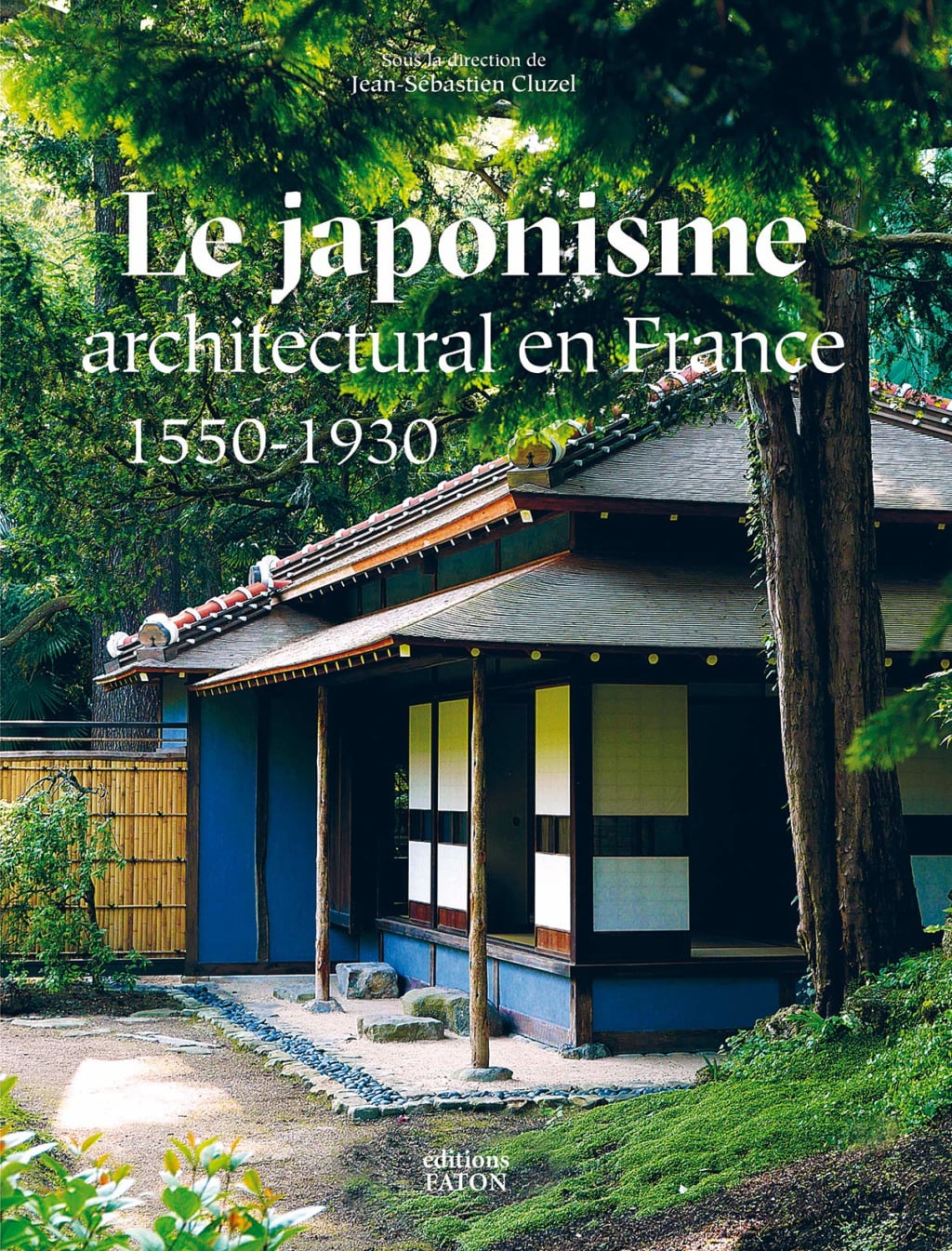Architectural Japonisme in France
In his book, Jean-Sébastien Cluzel goes back to the origins of this movement and seeks to unravel the secrets of Japanese spatiality.

© Éditions Faton
Japonisme, or the influence of Japanese civilisation and art, first on French writers and artists, and then on those from the rest of the Western world, between the 1860s and 1890s, can also be viewed through the prism of architecture. Jean-Sébastien Cluzel, lecturer at the Faculté des Lettres (Faculty of Humanities) at the La Sorbonne, demonstrates this in the book he edited, Le japonisme architectural en France, 1550-1930.
Japanese architecture adapted to Western pleasures
To do so, he goes back to the origin of Westerners’ appetite for Japanese culture, born long before the golden age of Japonisme in the late 19th century, which took the form of an attraction to lacquer, porcelain, engravings, and Japanese furniture. Various colour illustrations supplement the historical and archaeological studies of buildings marked by these Japanese influences, although, as the author points out, they are not completely identical to those built in Japan.
In reality, it is a question of mixed architecture, imported from Japan but ‘adapted to Western pleasures.’ Thus, the book features the first tea pavilion built in France in 1885—the famous Midori no Sato by Hugues Krafft–the function room on the Rue de Babylone, now known as La Pagode, and the Japanese pavilions in the Jardin Albert Kahn.
The book reveals the mechanisms of this Franco-Japanese melting pot and seeks to unravel the mysteries of Japanese spatiality, drawing the conclusion that a form of Japonisme applied to architecture does indeed exist.
Le japonisme architectural en France, 1550-1930 (2018), a book edited by Jean-Sébastien Cluzel, is published by Faton (not currently available in English).

© Éditions Faton

© Éditions Faton

© Éditions Faton

© Éditions Faton
TRENDING
-
A House from the Taisho Era Reveals Its Secrets
While visiting an abandoned building, Hamish Campbell discovered photographs the owner had taken of the place in the 1920s.

-
The Taboo-Breaking Erotica of Toshio Saeki
The master of the 1970s Japanese avant-garde reimagined his most iconic artworks for a limited box set with silkscreen artist Fumie Taniyama.

-
With Meisa Fujishiro, Tokyo's Nudes Stand Tall
In the series 'Sketches of Tokyo', the photographer revisits the genre by bringing it face to face with the capital's architecture.

-
Masahisa Fukase's Family Portraits
In his series ‘Family’, the photographer compiles surprising photos in which he questions death, the inescapable.

-
Hajime Sorayama's Futuristic Eroticism
The illustrator is the pioneer for a form of hyperrealism that combines sensuality and technology and depicts sexualised robots.





